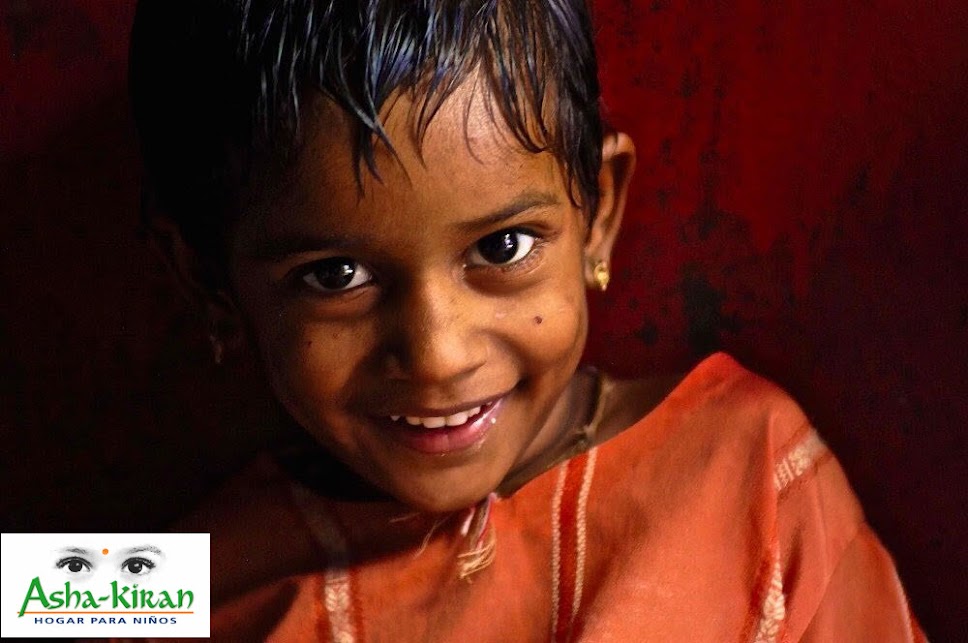The agricultural sector is progressively less prominent in India's booming economy.
The crisis has led at least 216,500 farmers to suicide, especially in the states of Maharashtra, Karnataka, Andhra, Madhya and Chattisgarh. All these areas use monoculture widely with genetically modified seeds.
There are three main factors that greatly contribute to this problem.
By using genetically modified seeds instead of saving them from one year to the next,
farmers must buy them every year since the reproductive capacity of transgenic seeds is restricted.
Monoculture dramatically increases insect pests, since bugs that eat a given crop grow uncontrollably and pesticides become indispensable.
This adds an expenditure to the farmers, not to mention the environmental cost that this practice entails. Many farmers fall ill and helplessly watch their animals die when they graze in areas that have been sprayed with pesticides.
The overuse of farmland renders it barren and necessitates the use of fertilizers to nourish the crops:
one more added expense.
Exhausted by the situation, farmers
sell their organs or search for work in big cities, where they will lead a nomadic life full of hardships. When they migrate with their families,
they and their children cannot avail of basic services such as health care and education.
Many give up and kill themselves, even though suicide is frowned upon by Hinduism. According to analysts, a deficient credit system makes farmers easy prey for
private moneylenders who charge exorbitant interest rates and end up seizing the mortgaged land.
A series of demonstrations in Yavatmal district of Maharashtra have taken place to demand that suicide be considered murder, with the lender being the perpetrator. “The government is taking the issue seriously, but it is a grave matter.
The rural population is living in depression. It is genocide”, said Vidarbha Janandolan Samiti, president of the Popular Movement Association, which fights for the rights of farmers.
India is paying the price of the “Green Revolution” that began in the mid-1960s and helped double food production in 20 years. Monoculture became commonplace through modified seeds, fertilizers, pesticides and more irrigated areas, but nowadays it implies high production costs, an increased risk of crop failure, depleted farmlands,
and a rural population close to extinction.
Source: urbanicultor.


